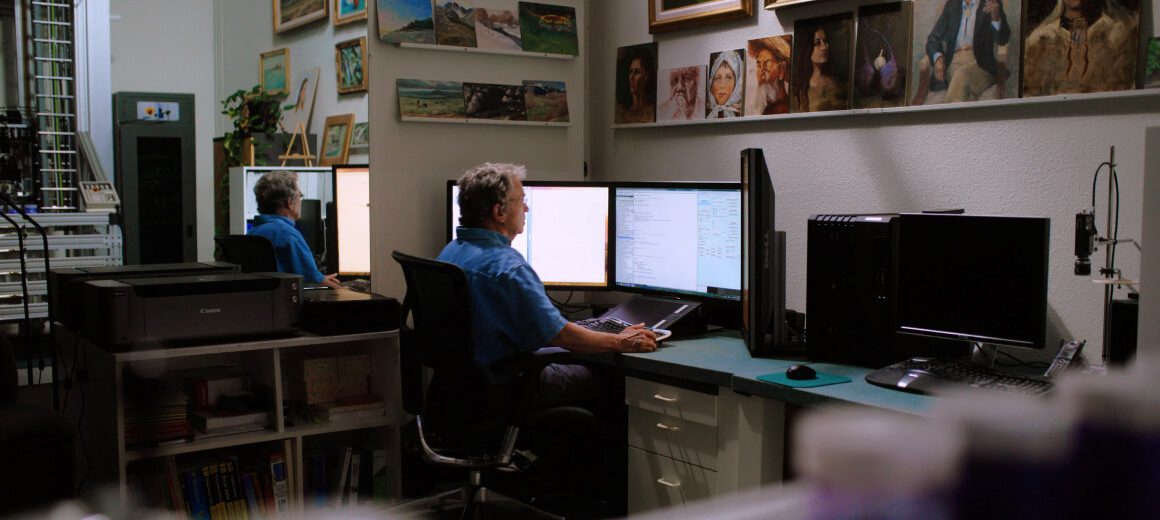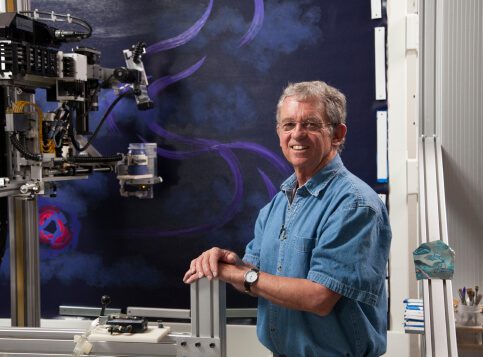Paul Kirby is The Fusioneer
Inspiring others by combining his interest in science, technology, and art into a unique vision.


What happens when the power of technology collides with the beauty of art? For Paul Kirby, combining technology and art became a life mission, fueled by creating, dreaming, exploring, playing, and solving. His efforts created Dulcinea—a fully-automated robot that paints. Meet Paul and explore how blending your interests can empower you to follow your enthusiasm and bring your passions to life.
Welcome To The World Of Fusioneering
Whatever you do or dream you can do—begin it. Boldness has genius and power and magic in it.”
What Is Fusioneering?
In its simplest terms, fusioneering is combining two or more interests to create something new and exciting. Fusioneering requires curiosity, creativity, problem-solving, and resilience in the face of complexity and adversity. By digging deep into your interests, blending them together, and introducing something unique to the world, you’re becoming a fusioneer. Fusioneering expands the realm of possibilities, challenges the way we think, and encourages you to transform yourself and the world around you.

More Than A.I.
If you’re not going to copy a photo, since that’s not really being creative, how does Paul create what the robot will paint?
Well, that’s a darn good question!

Dulcinea is much more than a painting robot powered by AI. After two decades of art theory training and application, Paul uses his artistic knowledge to visualize stunning original artworks. He writes layer upon layer of intricate, custom programs, including many forms of AI and complex adaptive systems, to transform his conceptual ideas into code. Then, Dulcinea interprets the outputs of this code, brushstroke by brushstroke, into innovative, one-of-a-kind paintings on canvas. This is where the fusion of art and science takes place.
Meet Paul Kirby, The Fusioneer

I want to share what I’ve done so that others may be inspired to pursue their own dreams.”
In the early evening of Oct 23, 1977, while walking along a footbridge across the Charles River at Harvard, Paul Kirby asked himself: “What if I were to combine aesthetics with theoretical?” Thus was born his initial inspiration.
The idea stayed with him. On weekends during 1980-1981, he automated a drafting table for his first painting robot and canvases. The robot’s original wrist and AI painting are in his studio today.
Much later, after a successful business career and while on a skiing trip to Europe in January 1994, he visited a Leonardo da Vinci museum show. After seeing the inspiring exhibit, he asked: “What if Leonardo were alive today and wanted to combine art with science and technology. What would that look like?” Thus, his journey began in earnest, driven by curiosity and enthusiasm for following his dream.